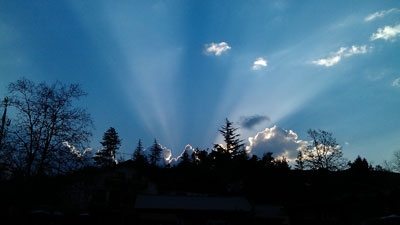The days are getting longer, the trees are in leaf and the parks are filling up - spring is arriving in South America. But as pleasant as it is to say goodbye to winter for another year, the changing season causes an environmental reaction, which threatens the health of Latin Americans.
25 kilometers above our heads, the invisible ozone layer brings life to our planet. This barrier of gas protects us from the sun's harmful rays and allows life as we know it to flourish.
However, decades of unchecked emissions of ozone depleting substances (ODSs) have taken a heavy toll and each year, the arrival of spring not only brings the sun back to the world’s most southerly continent but also causes an environmental phenomenon which has ramifications far beyond the Pole.
Today there are few who have not heard about the hole in the ozone layer. Discovered nearly 30 years ago, depleted levels of ozone in the atmosphere above the Antarctic reach their lowest levels at this time. Changing weather systems then cause this 'hole' to extend, to varying degrees, across the southern mid-latitudes - an area which, in Latin America, extends from the border of Uruguay and Brazil downwards.
In fact, the hole reached the Argentine and Chilean Patagonia region 3 times in 2013, according to the Izaña Center for Atmospheric Research. The result: an increased risk from one of the most harmful of the sun rays - UV-B.
Normally filtered by the sun, UV-B rays burn and are linked to skin cancer and cataracts. Punta Arenas in Chile, the world’s most southerly city, is on the frontline of related battle. Over the past 20 years, the city has regularly experienced high levels of UV-B radiation. The sun beats down with more and more strength in the south.
Increased solar radiation does not only impact health. UNEP has linked the hole in the ozone layer over the Antarctic with changes in the southern hemisphere summer climate as well, affecting temperatures, rain and even the ocean.

